Romania
Romania
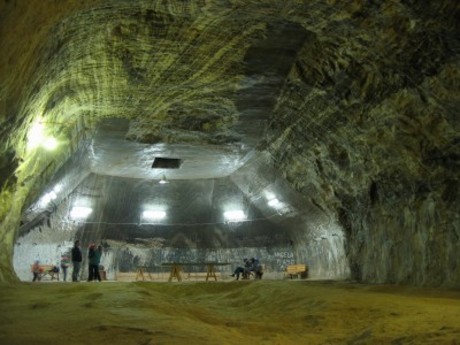
A day trip to Salina Turda (Turda Salt Mine) is a must for any visitor to Cluj-Napoca. One of the most important salt mines in Transylvania, Salina Turda has been known since ancient times, but was put into operation for underground mining work during the Roman period.
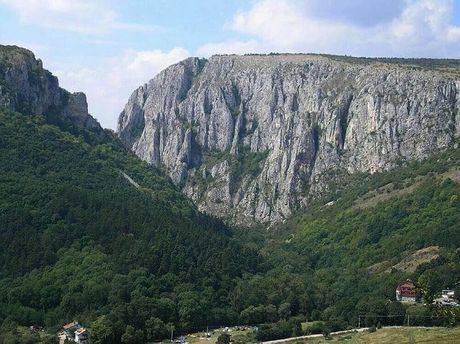
Cheile Turzii (Turda Gorges) is a natural reserve (on Hășdate River) situated 6 km west of Turda and about 15 km south-east of Cluj-Napoca, in Transylvania, Romania. The canyon, formed through the erosion of the jurasic calcar of the mountain, is 2 900 m long and the walls have hights reaching 300 m[1]. The total surface of the canyon is of 324 ha. Cheile Turzii contain one of the richest and most scenary karst landscapes in Romania. More than 1000 plant and animal species (some of them rare or endangered, like the wild garlic or some species of eagle) live here.
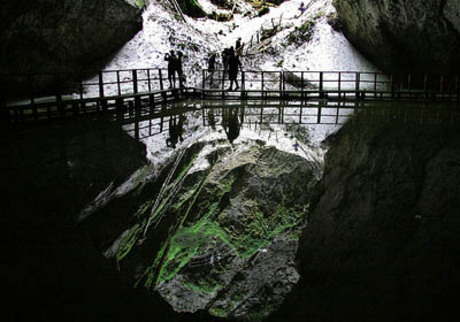
Located in a remote place, deep inside the forests of the Apuseni Mountains, Scarisoara is the biggest ice cave in Romania, a unique phenomenon in Southeastern Europe. The exact date when the cave was discovered is unknown, but is mentioned in 1863 by the German geographer Adolf Schmidl, who made some observations and the first map. According to the scientists, Scarisoara Ice Cave was formed during the Ice age, when these mountains were covered by snow and ice.
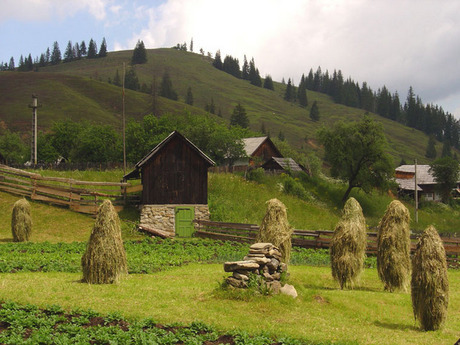
Bukovina is a historical region on the northern slopes of the northeastern Carpathian Mountains and the adjoining plains. It is currently split between Romania and Ukraine. Bucovina is one of the most attractive and visited touristic areas in Romania. No wonder this area(famous today all over the world) was given in 1975 the Pomme d’Or international prize by The International Federation of Travel Writers and Tourism Journalists. The century-old architecture monuments together with the frescos from this country spot were listed by UNESCO among all the universal art monuments.
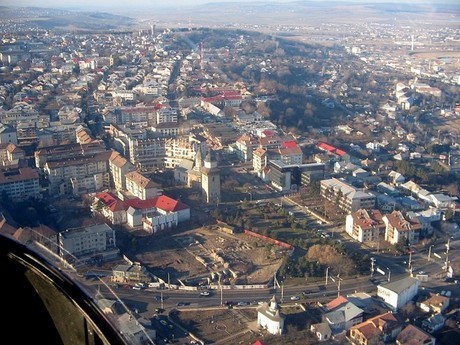
Suceava is the Suceava County seat in Bukovina, Moldavia region, in north-eastern Romania. The city was the capital of the Principality of Moldavia from 1388 to 1565. Once the capital of Moldova (from 1388 until 1565), Suceava is an excellent starting point for trips to the many historical, cultural and natural attractions travelers can enjoy in the Bucovina region. Suceava is also the gateway to visiting the Painted Monasteries of Bucovina.
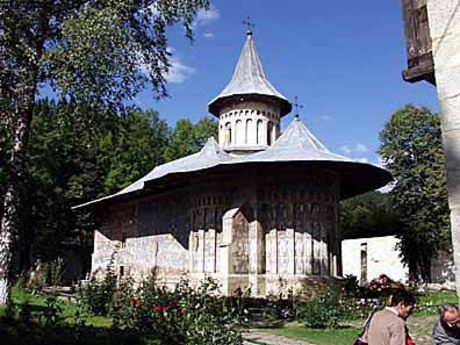
It is known throughout the world for its exterior frescoes of bright and intense colours, and for the hundreds of well-preserved figures placed against the renowned azurite background. The church of Voroneţ that Stephen the Great built included the chancel, the naos with its tower, and the pronaos.
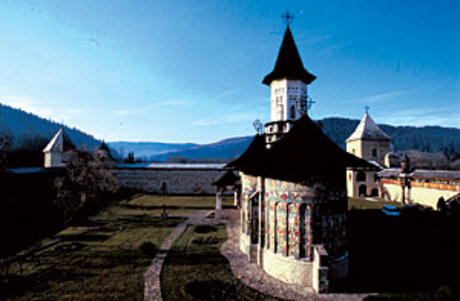
The church of the Sucevita Monastery was included on the UNESCO Heritage List on 1 August 2010 and is the only church that includes a representation of The Ladder of St. John. This classic Moldavian church with its five rooms, shows the first new architectural tendencies: smaller niches, and three bases for the tower. The frescoes are very remarkable, colourful and well preserved.
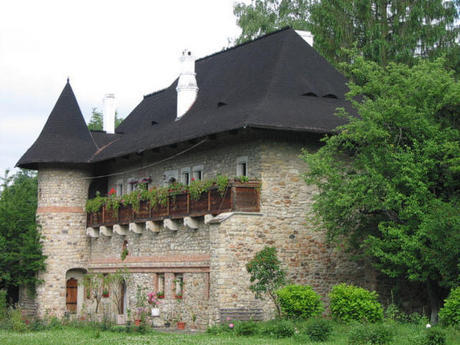
Alexander the Kind built the first monastery in Moldoviţa on the banks of the Moldoviţa River at the beginning of the 15th century. The exterior paintings are the best preserved of all the churches of Bucovina. The most distinctive feature of the Church of the Annunciation is the open exonarthex with its three tall arches on the west façade.
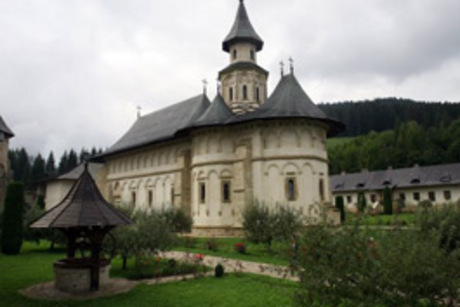
Stephen the Great built the monastery as his burial place between 1466 and 1469, and the Church of the Assumption of the Holy Virgin was consecrated one year later. The present church was practically rebuilt between 1653 and 1662 by Vasile Lupu and his successors.
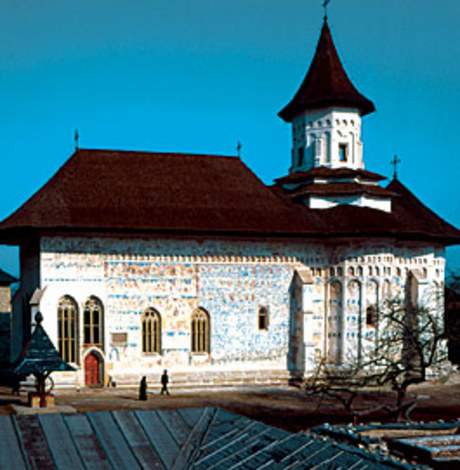
The monastery was included in the World Heritage List in 1993. The church and its mural paintings, as well as the whole monastic compound, were restored by UNESCO in collaboration with the Romanian Government between 1996 and 2000. The exterior paintings of the Church of St. Nicholas are faded, but the interior ones are among the finest of their kind in Moldavia. The remains of the monastic buildings were found in archaeological excavations.
 1 2 3 4 5 67 8
1 2 3 4 5 67 8 
